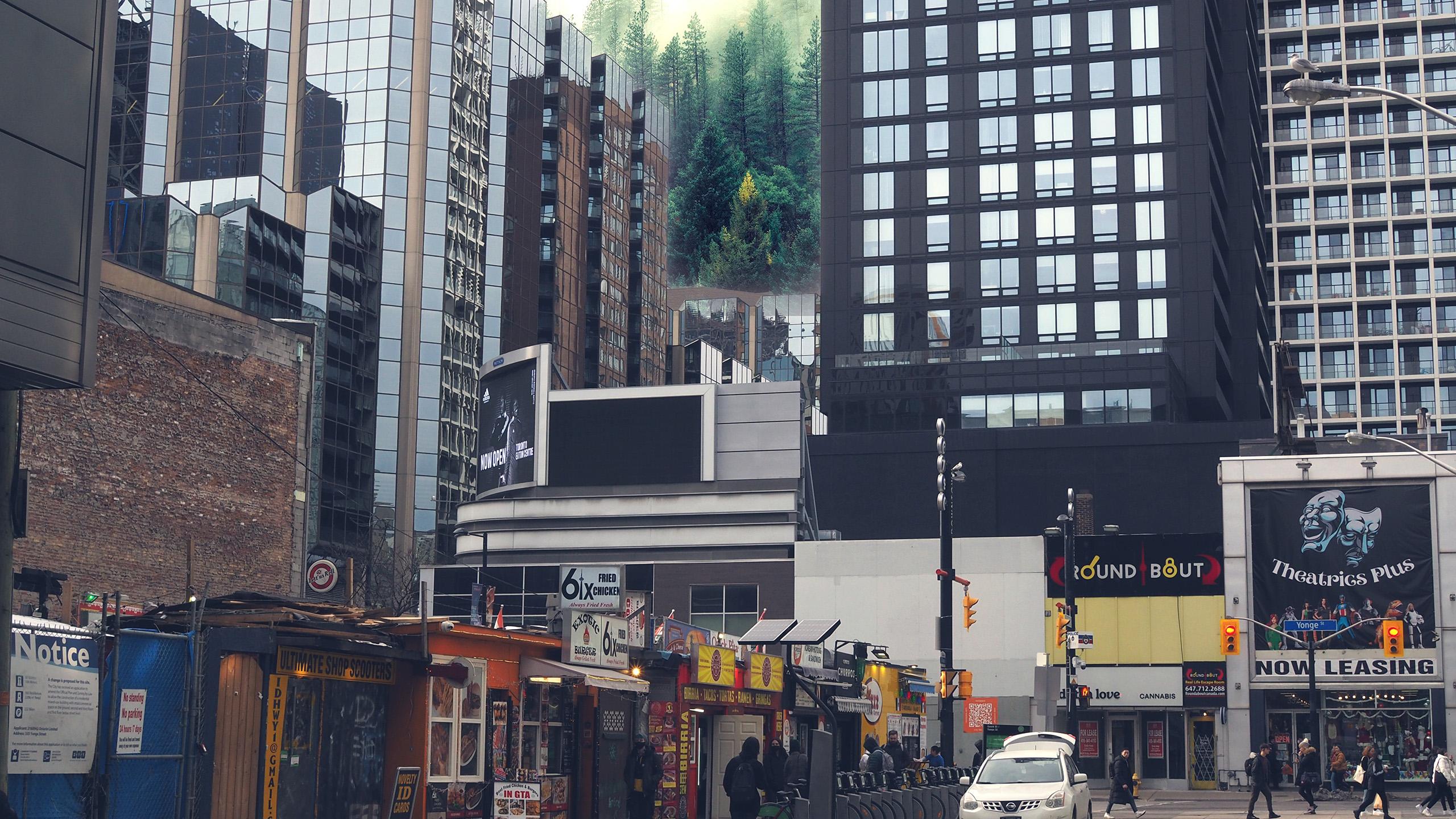By Jake MacAndrew
Toronto Metropolitan University (TMU) experts say there are over 50,000 hectares of ready-to-use land overlooked while the provincial government’s plans to build at least 50,000 new homes on Ontario Greenbelt land—causing threats to existing infrastructure and the environment.
Bill 23, also known as “The More Homes Built Faster Act” was passed on Nov. 28 in response to the housing crisis in the province. In a statement released on Nov. 4, the Ontario government announced plans to remove about 7,400 acres from the edge of the Greenbelt area to accommodate the 1.5 million homes planned to be built in the next 10 years.
The Ontario Greenbelt is an area of protected greenspace around the Golden Horseshoe, from Oak Ridges Moraine in the east to Niagara River in the west. The government plans to build on land located mostly in the Greater Toronto Area (GTA).
But some experts and leaders are skeptical of the project’s impact on municipal infrastructure and the environment as it goes into a 30-day consultation period where the government will accept comments on the proposal through their website.
Ronald Pushchak, a professor in the environmental applied science and management program at TMU and former president of the Board of Environmental Defence Canada, a non-governmental organization that defends natural resources such as the Ontario Greenbelt, said there is no need for building on Greenbelt land when “pre-zoned” land is already available within the province.
Pushchak referenced a study conducted by Neptis, a Canadian mapping and research foundation, that determined 56,000 hectares of developable land lie within the Greater Toronto and Hamilton Area.
“The lands that are already approved for development within municipal boundaries are a part of the 56,000 hectares. [Owners] would charge developers a significant amount of money because they know that it’s already approved for development.”
Pre-zoned land is ground that has gone through the municipal government’s process of being deemed suitable for development based on its optimal location to other developments, access to sewage systems and water treatment facilities and is at low risk for flooding.
According to Pushchak, development on the Greenbelt may not solve current housing problems such as a shortage of affordable housing in the GTA.
“Ontario doesn’t have a housing crisis. The Greater Toronto Area has a housing crisis because people want to live there,” said Pushchak.
According to an Ontario government study, the GTA is expected to be the fastest-growing area in the province with a population increasing from 7.1 million in 2021 to over 10 million by 2046.
Pushchak added that he believes there’s a simple reason as to why the government wants to develop this land—profit. “Developers do much better when they’re getting lands that are not approved for development because that land is cheap,” said Pushchak.
Even if many students aren’t homeowners, this plan could affect the efficiency of that infrastructure students rely on such as transit.
Grace Butland, a first-year language and intercultural relations student, said her community of Oshawa, Ont. is building housing on the outskirts of town, making it difficult to connect to existing city services.
“Our transit is not entirely spread out, especially where I’m living right there on the outskirts of Oshawa. We’re not getting the same accessibility,” she said. Butland said there is a need for sustainability over rapid expansion.
“We need to learn how to be sustainable. If we keep intruding on [Greenbelt] land, like how the Ford government wants to build on it, we’re gonna lose those resources,” said Butland. “There’s no need for this growth unless they see it as an economic grab.”
Green Party of Ontario leader Mike Schreiner said in an interview with The Eyeopener that the Ontario Green’s have been advocating for affordable housing without causing destruction to the environment.
“What [the Green Party] has been calling for is building affordable homes in communities where people want to live close to where they work, live, shop and recreate rather than what the Ford government is [planning], which is just going to be a disaster for environmental protection,” said Schreiner.
Schreiner said future Greenbelt housing developments will also impact students.
“It’s gonna do nothing to make rental housing more affordable for students or to make home ownership more affordable for young people,” said Schreiner.
He added that the developments will be more spread out in municipalities which would need improved infrastructure like transit and water filtration.
“It’s going to force people into longer, more expensive commutes. It costs municipalities much more as [services increase] so that’s going to mean higher property taxes for people with higher servicing costs.”
Cheryl Teelucksingh, an associate professor at TMU who specialises in environmental justice and urban sustainability, said the protection of Ontario’s watershed and mature ecosystems that reduce greenhouse gases are reliant on the Greenbelt.
According to the government’s statement, 9,400 acres of land will be added back to the Greenbelt in other areas. Teelucksingh is skeptical because of the Greenbelt’s role in natural water filtration.
“[Development] is one of the most immediate things that would end up affecting us in terms of the quality of [municipalities] water.”
The Greenbelt is also home to protected plant and animal species.
“Once you start taking down green space, there’s all sorts of animal species that have no place to live.” said Teelucksingh.











Leave a Reply